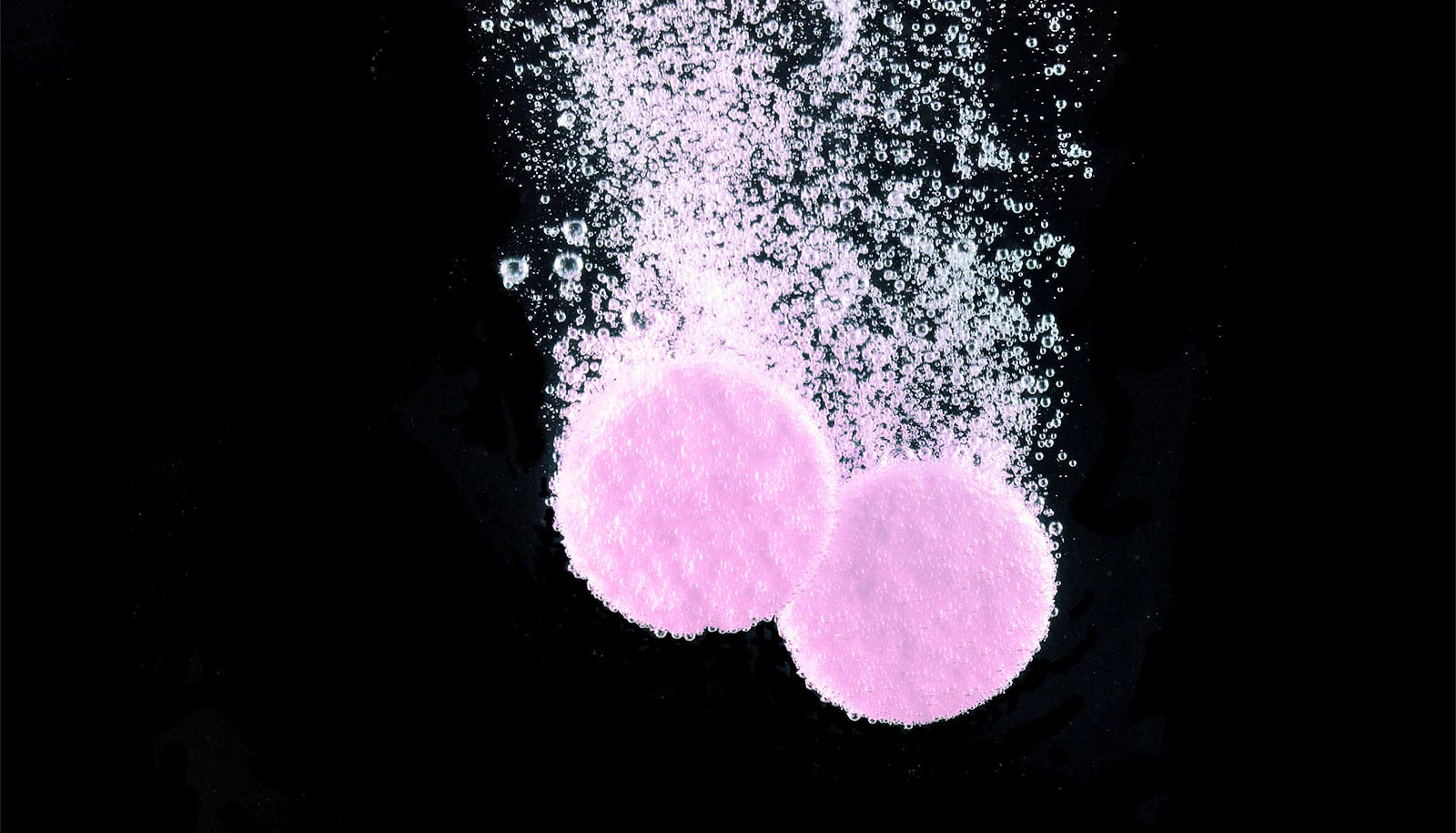The enzyme TLK2 displays lower levels of activity in intellectual disability, and overactivity in cases of breast cancer, say researchers.
New research outlines the enzyme all the way to the molecular level using X-ray crystallography. The study, which appears in Nature Communications, suggests it may be possible to inhibit the enzyme in patients with breast cancer.
“We are outlining the structure of this important and interesting enzyme,” says study leader Guillermo Montoya, professor at the Novo Nordisk Foundation Center for Protein Research at the University of Copenhagen.
“Once we know how it is structured, it will be much easier to develop drugs targeted at the enzyme, either inhibiting or strengthening it. This study thus points directly to drug design, as it has identified some concrete mechanisms that must be taken into account.”
In order to maintain genome stability in the cells, the enzyme TLK2 constantly strives to attach phosphate to proteins. It activates specific functions in the cell and helps to stabilize the cell nucleus, which is of critical importance.
The researchers have studied the enzyme in detail at molecular level. They have used biochemical methods and advanced techniques within molecular biophysics to produce a so-called molecular description of the enzyme’s crystal structure.
They have also taken as their starting point previous studies showing that patients suffering from intellectual disability have a mutation in genes affecting the TLK2 enzyme. In this study, they show that there is indeed a link between the genes and the enzyme, as these same genetic mutations compromise the activity of the enzyme.
How enzymes direct ‘traffic’ inside our cells
In addition, they have drawn on knowledge from other studies revealing that the enzyme is overactive in so-called ER-positive breast cancer. On this basis, they have tested several so-called small molecule drugs and learned that it is possible to inhibit the activity of the enzyme in material isolated from human cells.
The researchers will now seek to learn more about how the enzyme can be targeted and either be inhibited or activated in patients with these conditions.
The Novo Nordisk Foundation and the Danish Cancer Society supported the work.
Source: University of Copenhagen



